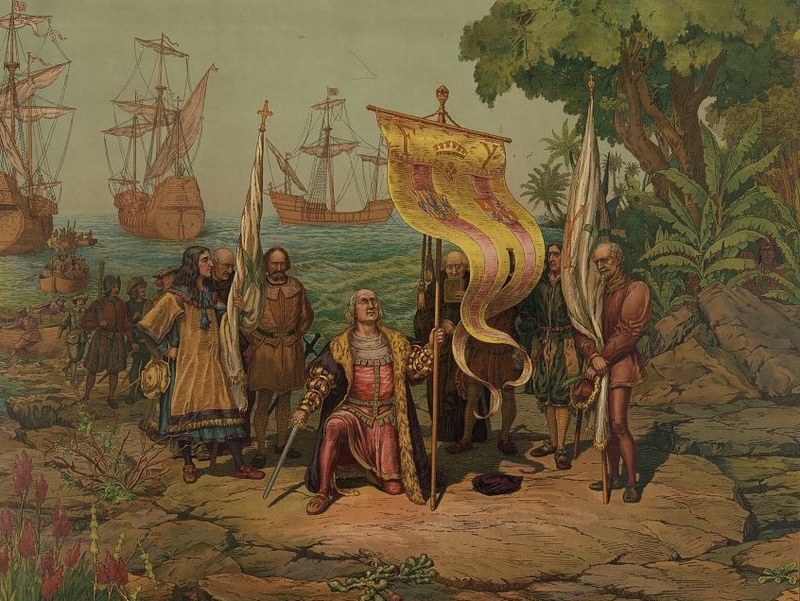How is Indigenous History portrayed in film?
Movies are a source of both entertainment and knowledge. They play a significant role in the interpretation of history and how the public perceives these histories. Films that represent Native American history often fall short of the truth and are embellished with false narratives, romanticized scenarios, and stereotypes. Native men are often depicted as hypermasculine, aggressive warriors, while women are displayed either as sexual fiends or distressed maidens. Legends of Indigenous peoples and historical events are diluted by lack of representation. It is common for films to place the Native narrative in the background. Whether this is through white leading casts or an overbearing romance, these elements disrupt and skew the true complexity of Native history. Battles and wars, as well as economic history, are usually focused on the white narrative. Inaccuracies in movies are rooted in lack of knowledge and resources, film restrictions, such as time and money, and racial inequality.

